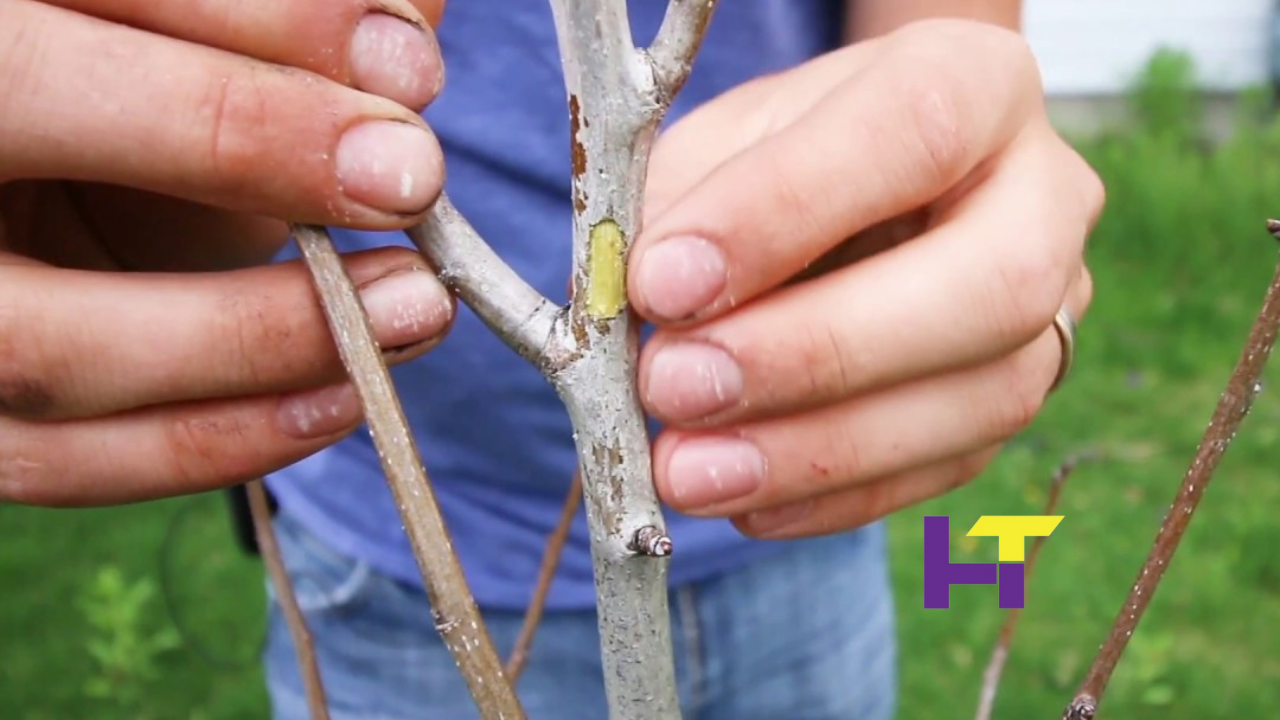How to Know If My Tree Is Dead or Dormant?

Many individuals often wonder whether their tree is deceased or simply in a state of dormancy. This is a common query that arises during the dormant phase of trees. Most trees exhibit a slowdown in growth, shed their leaves, and display numerous seemingly lifeless branches.
This can give the impression that the tree is on the brink of death, with its growth coming to a standstill – a genuinely startling sight for many. So, how does one determine if a tree is truly dead or dormant? Three distinct methods exist to differentiate between a dormant and deceased tree: observing the buds, testing branch flexibility, and conducting a scratch test.
By employing these techniques, one can swiftly ascertain the actual condition of the tree and take appropriate measures accordingly. Read more
Is My Tree Dead Or Dormant?
Do you think your tree might be dead? Or is it in a condition of dormancy? The misunderstanding can quickly be addressed by employing different tests.
Check the living tissue:
Even when trees are not actively growing, they still have healthy living tissues. In contrast, a dead tree will display nonliving tissues. Remove a small bark and examine it underneath to determine the tree’s health.
Living tissues will be green and moist, while dead ones will appear brown and lifeless. You can quickly assess whether the tree is dormant or dying by scratching the bark in different areas with a knife. Sometimes, certain tree parts may appear dry while others are moist, indicating potential issues like disease or fungal attacks.
It is crucial to thoroughly inspect the tree to identify and promptly address any underlying problems.
Check the flexibility of the tree branches:
Living trees exhibit sturdy and pliable branches even when dormant, while deceased trees display brittle branches lacking flexibility. Therefore, assessing the flexibility and brittleness of a tree branch is an effective method to differentiate between dead or dormant trees.
Select two to three smaller branches and apply pressure to determine the tree’s status. Flexible branches will bend without snapping, indicating vitality. In contrast, fragile branches will easily break under minimal weight.
This flexibility examination suits medium to large trees; smaller trees typically possess delicate branches that cannot withstand substantial pressure.
Check the leaves and buds of the tree:
When trees die, their buds and leaves will be dry and shriveled. You can spot wilted, damaged, or deceased tree leaves by examining them closely. A distressed tree often drops its leaves to conserve energy and nutrients for survival.
On the other hand, dormant trees will display fresh buds as a sign of good health. Even during winter, when most leaves die and drop, thriving trees exhibit new buds. It is essential to inspect the branches and search for new buds, which indicate that the tree is dormant but alive. Learn more
Check the tree trunk and bark:
Examining their bark and trunk is another method to distinguish between dying and dormant trees. A thriving tree will exhibit intact, smooth bark free from pests or injuries. Conversely, a deceased one may display brittle bark and signs of infestation.
Furthermore, a struggling tree may show symptoms like peeling bark, trunk cracks, or fungal/pest invasions that can lead to its demise. Therefore, it is advisable to use natural remedies when observing such indicators during dormancy.
Check for rotten tree roots:
Living trees can be distinguished by their vibrant, fresh, and moist roots, while dead ones are characterized by their decayed and deteriorated roots.
To determine the vitality of a tree, examine its roots by digging a few inches into the soil to uncover them. Healthy roots will exhibit a greenish hue and feel moist, whereas rotten roots may emit a foul odor or display signs of damage and discoloration.
If you doubt, carefully trim a small root section for closer inspection. Additionally, inspect the tree for any signs of pests, infestations, or fungal infections. Should any issues be detected, consider using natural remedies like fungicide or vinegar to address them promptly.
Tips For Taking Care of A Dormant Tree:
- During the dormancy period, don’t prune the tree. Instead, prune it right before the growing season starts.
- Rabbits and rodents attack dormant trees quickly. You must be extra careful about these to protect it.
- Ensure the soil surrounding the tree’s base is well-watered, but be cautious not to overdo it. Providing the tree with water on an intermittent basis will adequately fulfill its requirement.
- Search for dead, diseased, or infested branches and tree trunks and eliminate them. Dead branches hinder the tree’s ability to distribute nutrients effectively during growth.
- Plan for the upcoming spring season to trim the trees promptly. Additionally, create a schedule for fertilizing and mulching to ensure proper maintenance.
Conclusion
At first sight, dead and dormant trees may look alike, but upon closer examination of their trunk, bark, leaves, and new buds, distinguishing between them becomes simple. If you still need to identify a dead or dormant tree, seeking advice from an arborist can help clear any confusion.
Read More: How to Incorporate Mylar Blankets into Your Outdoor Adventure Gear.






